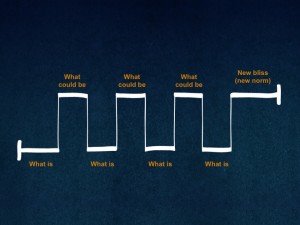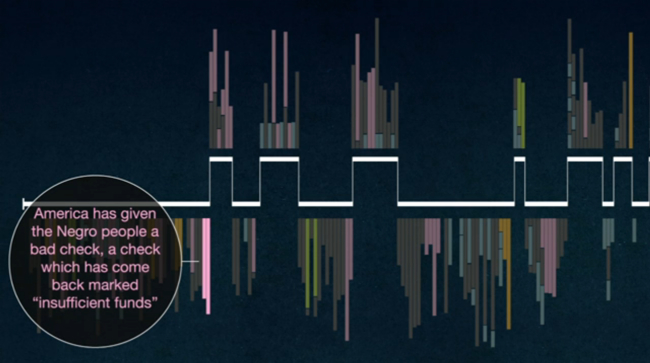Following up on the MBTI discussion, I thought I would reveal what I am according to MBTI. Actually, I have tested out different several times on the last four letters. Sometimes I test out as T, sometimes as an F. Sometimes I test out as P, sometimes as a J. I am told you sometimes test out differently based on the position you are in within an organization. Your responsibilities and the choices you have been making create a pattern and point of reference for how you answer the questions on the MBTI test.
So, right now, I am an ENTP, which means my tag line is "Life's Entrepreneur." We are also labeled as "inventors" in the book Please Understand Me II. I recently came across this picture on the Internet as I was searching for material on MBTI and my own personality type.
As an "inventor", we like creating proto-types and get off into weird and eccentric ideas. But we are not just idea people. We are bricoleurs and entrepreneurs. Which means an idea has to be tested and put into practice. We like to tinker, and play around with stuff. We are quite inquisitive and love a good problem to solve. We want to know if the idea will work or not, and we take great satisfaction when it does work. The obverse is true as well. We take great pains and experience deep angst when it turns out wrong or we experience failure. But typically, it is only for a short period. The next idea is just around the corner and we cant wait to explore it and innovate our way into another reality.
If you are an ENTP, you can pretty much locate yourself within the pioneer categories of the APEST ministries mentioned in Ephesians 4 (Apostle, Prophet, Evangelist, Shepherd, Teacher). The continuum looks something like this.
The pioneering modes of ministry mean you have an affinity for the edge, the frontier. You are looking to start or empower new things. Me myself, I am apostolic, so this explains my need to engage in entrepreneurial forms of ministry. In the next post, I will talk about how P's operate in leadership and how this shows up in the Pauline forms of apostolic ministry, making a few conjectures about the J's in contrast to P's when it comes to apostolic ministry.
So, right now, I am an ENTP, which means my tag line is "Life's Entrepreneur." We are also labeled as "inventors" in the book Please Understand Me II. I recently came across this picture on the Internet as I was searching for material on MBTI and my own personality type.
As an "inventor", we like creating proto-types and get off into weird and eccentric ideas. But we are not just idea people. We are bricoleurs and entrepreneurs. Which means an idea has to be tested and put into practice. We like to tinker, and play around with stuff. We are quite inquisitive and love a good problem to solve. We want to know if the idea will work or not, and we take great satisfaction when it does work. The obverse is true as well. We take great pains and experience deep angst when it turns out wrong or we experience failure. But typically, it is only for a short period. The next idea is just around the corner and we cant wait to explore it and innovate our way into another reality.
If you are an ENTP, you can pretty much locate yourself within the pioneer categories of the APEST ministries mentioned in Ephesians 4 (Apostle, Prophet, Evangelist, Shepherd, Teacher). The continuum looks something like this.
The pioneering modes of ministry mean you have an affinity for the edge, the frontier. You are looking to start or empower new things. Me myself, I am apostolic, so this explains my need to engage in entrepreneurial forms of ministry. In the next post, I will talk about how P's operate in leadership and how this shows up in the Pauline forms of apostolic ministry, making a few conjectures about the J's in contrast to P's when it comes to apostolic ministry.






